how to harvest lavender
cateyanne
16 years ago
Related Stories

GARDENING GUIDESRegal Lavender Rules Gardens Coast to Coast
Learn how to grow this fragrant, beautiful herb and show off its full beauty in the landscape
Full Story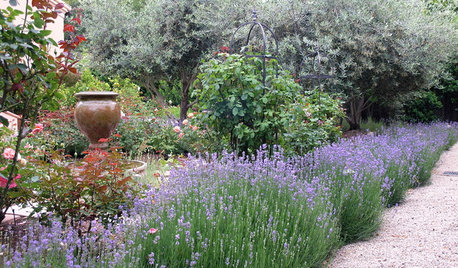
FLOWERSHerb Garden Essentials: Grow Your Own Fragrant Lavender
This do-it-all plant is ideal for almost any garden, and its uses are abundant around the home
Full Story
GARDENING AND LANDSCAPINGWorld of Design: 10 Home Gardeners Show Us Their Sweet Summer Harvests
From New York to Tokyo, these gardeners have turned their yards, terraces and rooftops into places of bounty
Full Story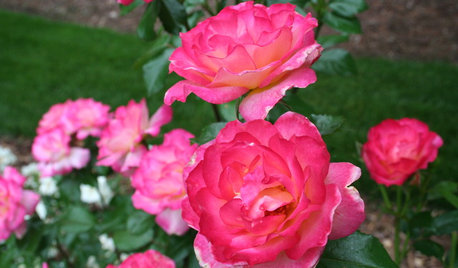
GARDENING GUIDESSoutheast Gardener: What to Do in June
Get your snippers out to protect your roses from beetles and harvest lavender from the landscape. It's a glorious month for Southern gardens
Full Story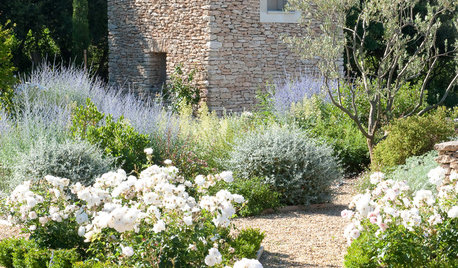
GARDEN STYLESLay of the Landscape: 12 Elements of Provence Garden Style
With their lavender fields, stone walls and meandering pathways, the gardens of Provence brim with charm and beauty
Full Story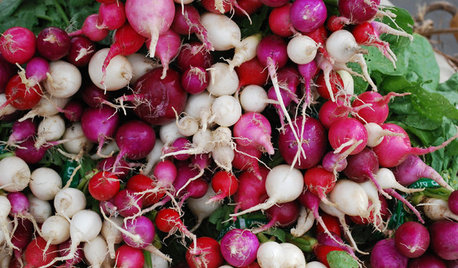
COOL-SEASON CROPSCool-Season Vegetables: How to Grow Radishes
Fast growing and bright, these easy-care veggies are great for kids and bring plentiful color to a fall or spring garden
Full Story
GARDENING GUIDESPacific Northwest Gardener: What to Do in July
Deadheading spent flowers, keeping up with watering and starting seeds indoors are the biggest gardening tasks for July
Full Story0
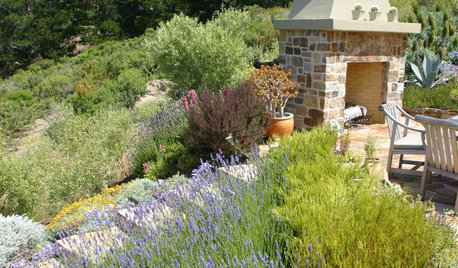
GARDENING AND LANDSCAPINGEasy Herbs for Every Space
Resilient and forgiving, herbs like mint, thyme and rosemary are simple to grow and look great in both containers and landscape designs
Full Story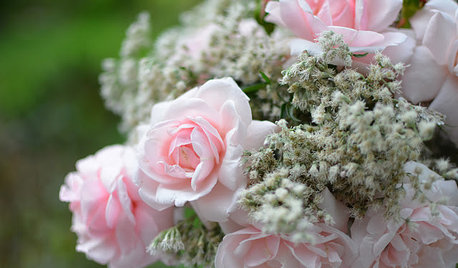
GARDENING GUIDESMid-Atlantic Gardener: What to Do in July
Seedpods, herbs and flowers galore take center stage in the garden this month
Full Story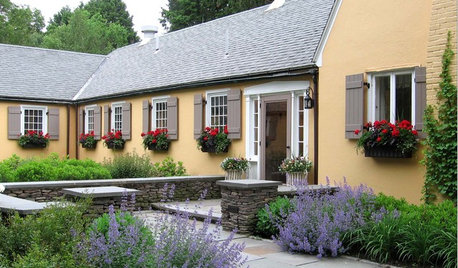
LANDSCAPE DESIGNLay of the Landscape: French Garden Style
Symmetry and geometry define this decorous landscape style, appropriate for both grand gardens and intimate spaces
Full Story





neil_allen
cateyanneOriginal Author
Related Professionals
Derry Landscape Architects & Landscape Designers · Ballwin Landscape Architects & Landscape Designers · Carson Landscape Architects & Landscape Designers · Eden Prairie Landscape Architects & Landscape Designers · Kenmore Landscape Architects & Landscape Designers · Commack Landscape Contractors · Ellicott City Landscape Contractors · Mission Bend Landscape Contractors · New Brighton Landscape Contractors · Pahrump Landscape Contractors · Shoreview Landscape Contractors · Thonotosassa Landscape Contractors · Vallejo Landscape Contractors · Camp Springs Landscape Contractors · Bensenville Landscape Contractorstracyvine
Fundybayfarm
neil_allen
Fundybayfarm